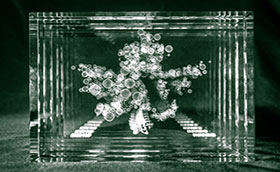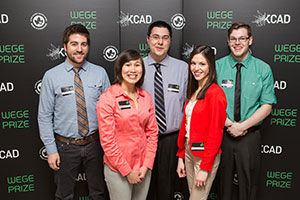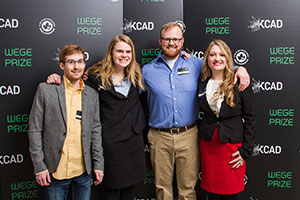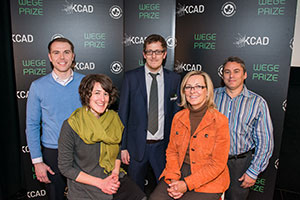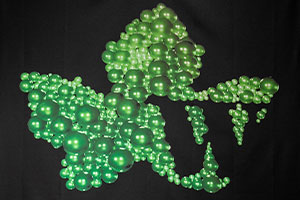 GRAND RAPIDS, MI – Peter M. Wege lived to see his hopes and dreams come true.
GRAND RAPIDS, MI – Peter M. Wege lived to see his hopes and dreams come true.
The Grand Rapids philanthropist lived to be 94 years old, so he had the time. The retired chairman of Steelcase, Inc., also had the money.
The Wege Foundation’s $20 million gift – the largest, single gift he ever gave – launched the $75 million Grand Rapids Art Museum, which opened in 2007.
Most of all, Wege, who died Monday, July 7, had the passion and interest in things both great and small, such as bankrolling the world’s first art museum to win LEED Gold certification for environmental sustainability as well as for donating works of art by Frederic Remington, Henri de Toulouse-Lautrec and Jasper Johns and supporting temporary exhibitions such as “Masterpieces of American Landscape Painting” from the Museum of Fine Arts in Boston.
“Grand Rapids was very lucky to have him here,” said Dana Friis-Hansen, president and CEO of the Grand Rapids Art Museum.
Related: Retired Steelcase chairman, philanthropist Peter Wege dies at 94
Wege’s legacy of support for education, environmentalism, health care, human services, and arts and culture, spanning some 50 years, can be seen most anywhere in Grand Rapids, in West Michigan and beyond.
Aquinas College officials estimate Wege’s contributions to the private, Roman Catholic college in Grand Rapids surpassed $46.5 million over the years. He launched the Healing Our Waters Coalition with a $2.5 million gift a decade ago to help protect the Great Lakes.
Wege wrote books, organized seminars and coined the word “Economicology,” combining the words “economy” and “ecology.”
“He really cared about the inner city, where they didn’t have fresh vegetables, where they didn’t have land, where they didn’t have enough vegetation,” said Juan Olivarez, president of Aquinas College. “He really made us think about sustainability in new ways.
Related: Peter Wege’s ‘profound influence’ pushed Mercy Health Saint Mary’s development
Co-chairman of the sculpture committee formed in the 1960s to commission a major work of public art for Grand Rapids’ new city-county complex downtown, Wege was a major player in bringing Alexander Calder’s stabile, “La Grande Vitesse,” to Grand Rapids in 1969.
Nearly 30 years later, the amateur painter and photographer was a major benefactor of the Grand Rapids Art Museum’s landmark exhibition, “Perugino: Master of the Italian Renaissance,” in 1997 which drew the attention of such publications as the New York Times and put the museum and the city on the cultural map of the United States.
“His interest and passion for the arts was both inspired and inspiring,” said Joseph Becherer, chief curator and vice president of Frederik Meijer Gardens & Sculpture Park, who was curator of the exhibition of work by Pietro di Perugino that brought 15th and 16th century paintings to the United States that had never before left Italy.
At Meijer Gardens, named for benefactor Fred Meijer, founder of Meijer, Inc., you’ll also find the Wege Nature Trail outdoors and the Wege Library indoors.
One of the oldest images in Meijer Gardens’ archives is a 1993 photo of Wege and Meijer, standing in a grassy field of what would become Michigan’s second largest-drawing cultural destination.
“Fred was sharing his early vision for the organization, and Peter, supportively, is smiling in admiration,” said David Hooker, president and CEO of Meijer Gardens. “Early on, Peter Wege believed in dreams – Fred Meijer’s dreams – of what would become this great institution, and his support never diminished.”
Wege’s support of causes and organizations was deep as well as long lasting. Aquinas College will remember Wege as its “guardian angel,” in the words of Olivarez.
Wege helped Aquinas College acquire its current campus and served on its board of trustees for 13 years. In 1959, he took a year’s leave of absence from Steelcase to consult and lead the campaign to build Albertus Magnus Hall of Science at college.
The Steelcase executive launched the Wege Foundation in 1967, giving its first gift to Aquinas College. A $5 million gift in 1995 for the college’s endowment remains the largest, single gift in the college’s history.
“He has been here all these many years, and he has helped Aquinas grow and prosper in good times and bad times,” Olivarez said.
Related: Peter Wege: West Michigan’s dreamer was ahead of his time, Catholic leaders say
Grand Rapids Public School benefited from his commitment for environmental education.
A $1.5 million contribution from the Wege Foundation got kids out of portable classrooms and into “a beautiful, green-built building” to serve as Blandford School, according to Grand Rapids Public Schools Superintendent Teresa Weatherall Neal.
“His legacy will live on through the students who learned to value the environment at City High Middle School, Blandford, and the Center for Economicology, which was named after him and the term he coined,” Neal said.
Environmentalism and sustainability were lifelong passions.
Rachel Carson’s 1962 book “Silent Spring” helped launch the modern environmental movement, and Wege wasn’t far behind.
“What was so unique about Peter was that he was a voice from the business community,” said Rachel Hood, executive director of West Michigan Environmental Action Council. “If you think about the context of that movement, it was largely about pesticides, and that was largely about business versus environment.”
“Peter’s voice was unique in saying that business and environment can work together,” Hood said.
Related: As last direct descendant of Steelcase’s founding families, Peter Wege focused on environment
A poet, a college athlete at the University of Michigan, and a World War II Army Air Corps pilot, Wege had a charm and a personal touch.
The Wege Foundation spearheaded Grand Rapids Ballet’s $6.2 million, 300-seat Peter Martin Wege Theatre, named not for himself, but for his father. But he also took a personal interest in the company’s dancers.
“One of my fondest memories of him is his love and enthusiasm for the company’s ballet, ‘Flickers,’ recalled retired dancer Attila Mosolygo, who danced the ballet inspired by the silent films of Charlie Chaplin at a birthday celebration of Wege.
“I remember that he loved it and was very appreciative,” said Mosolygo, who today is artistic director of Grand Rapids Ballet’s Junior Company. “Afterward, he gave me a handshake and said how much he always enjoyed Chaplin and his movies.”
The Wege Foundation underwrote the Grand Rapids Symphony’s associate conductor position for more than 15 years, which inspired associate conductor John Varineau jokingly to call Wege, “Dad,” and led Wege, in turn, to call Varineau, “Son.”
“Peter Wege was a lot of fun to be around,” Varineau said.
At a Grand Rapids Symphony BRAVO! Awards dinner honoring contributors and patrons of the orchestra, Varineau conducted the orchestra in a performance of Prokofiev’s “Peter and the Wolf” with Wege narrating.
“It was a hoot because Peter was going to do it his way,” Varineau recalled. “No matter what the conductor – me – said.”
Grand Rapids Press and MLive reporters Brian McVicar, Monica Scott and Jonathan Van Zytveld contributed to this report.
Jeffrey Kaczmarczyk covers arts and entertainment for MLive/Grand Rapids Press. Email him at jkaczmarczyk@mlive.com or follow him on Twitter, Facebook orGoogle+.


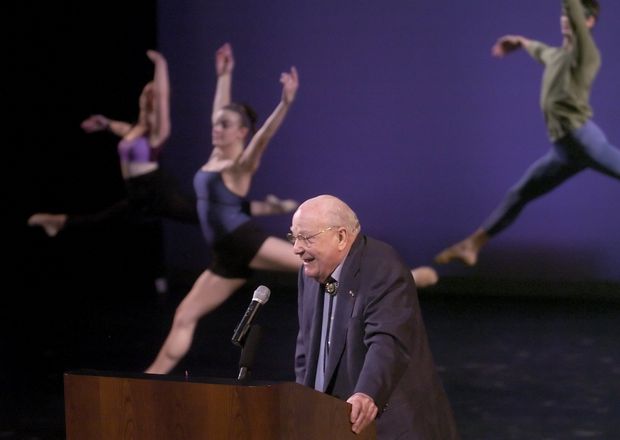
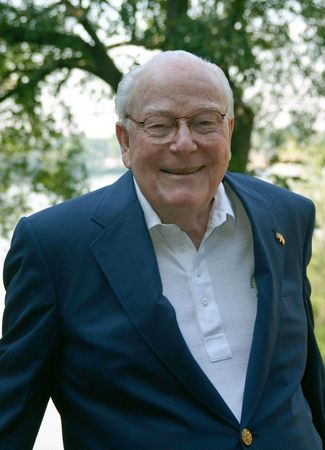
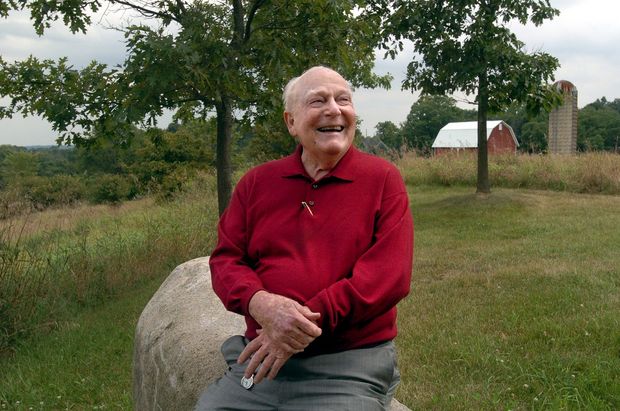
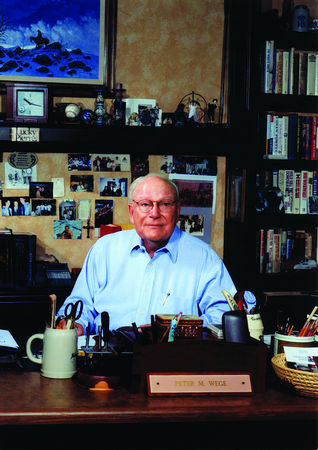

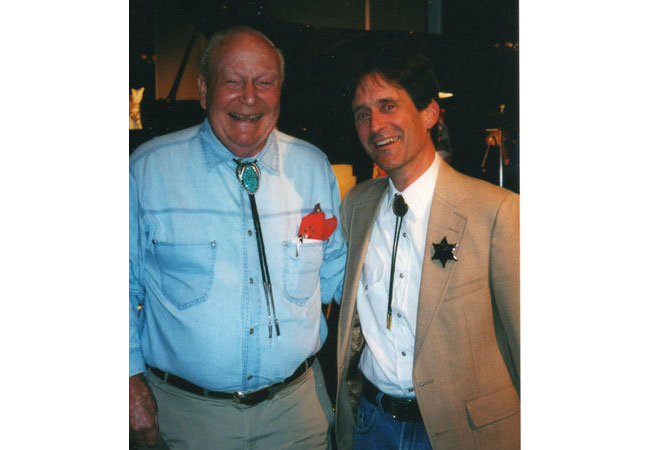




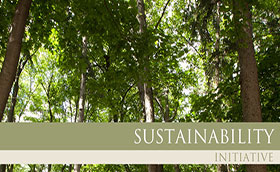
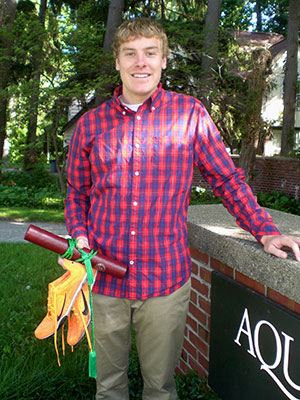
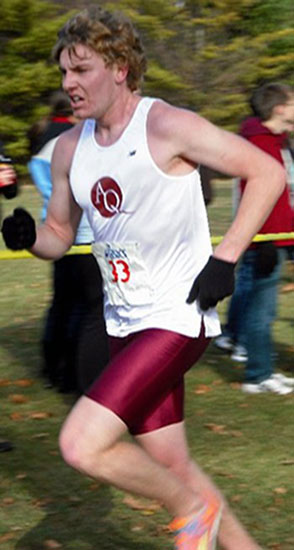
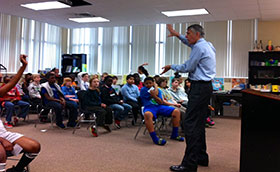
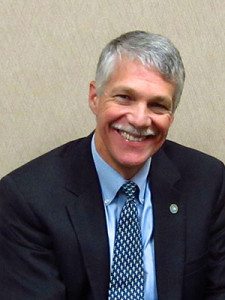
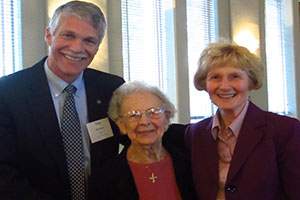
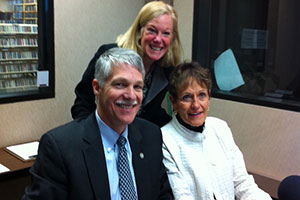
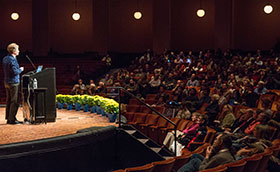
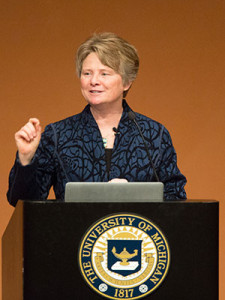
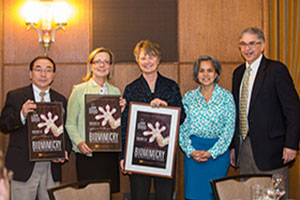
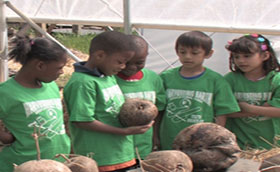
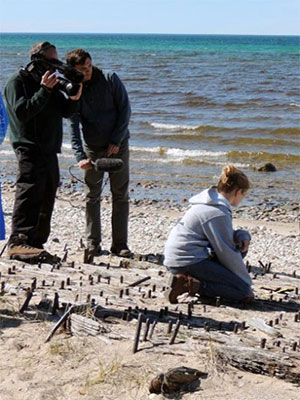
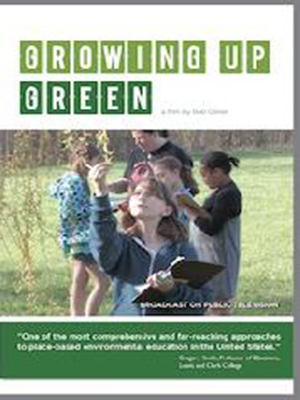
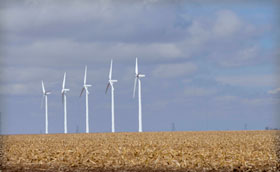
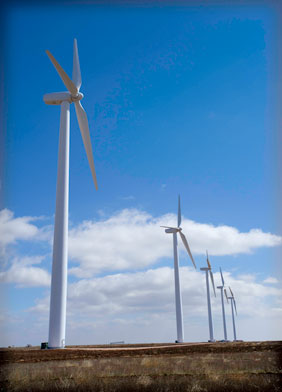 The March 18, 2008, New York Times titled a major news article in the business section, “Corporate Sponsorship for a Wind Farm.” The corporation covered in this national and international news story is Steelcase Inc., the company Peter Martin Wege founded in 1912 as Metal Office Furniture. But the story gets even better.
The March 18, 2008, New York Times titled a major news article in the business section, “Corporate Sponsorship for a Wind Farm.” The corporation covered in this national and international news story is Steelcase Inc., the company Peter Martin Wege founded in 1912 as Metal Office Furniture. But the story gets even better.